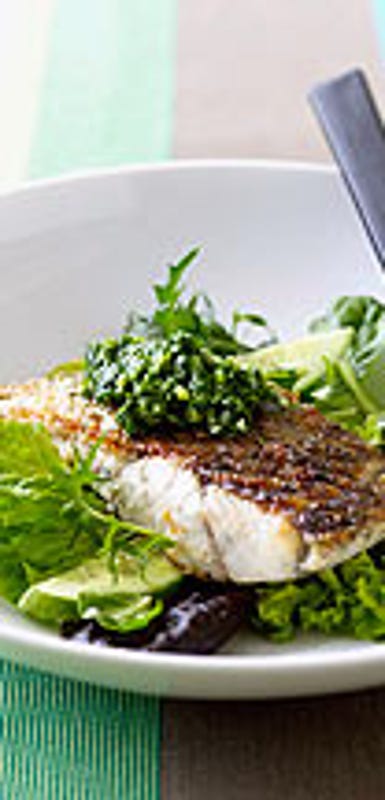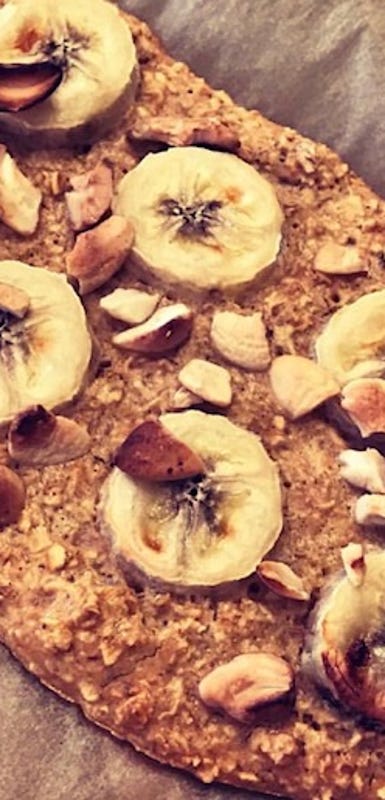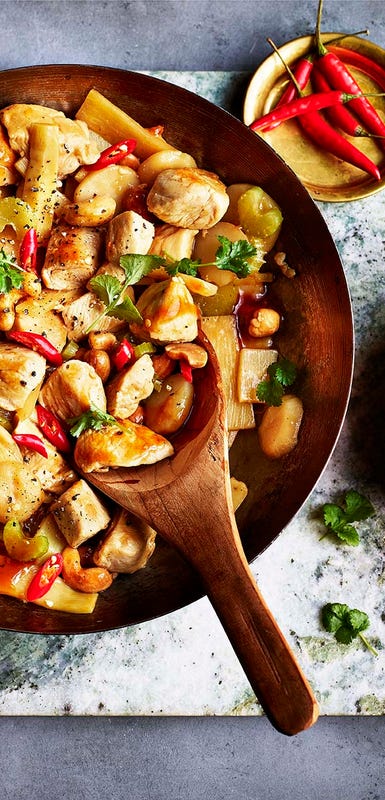The low down on nuts and seeds
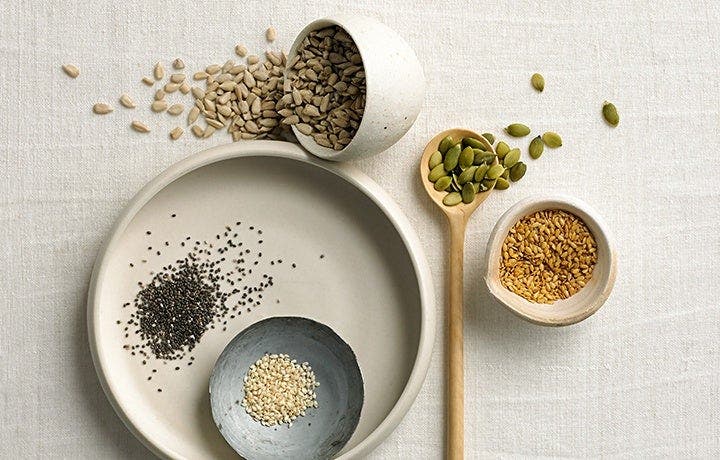
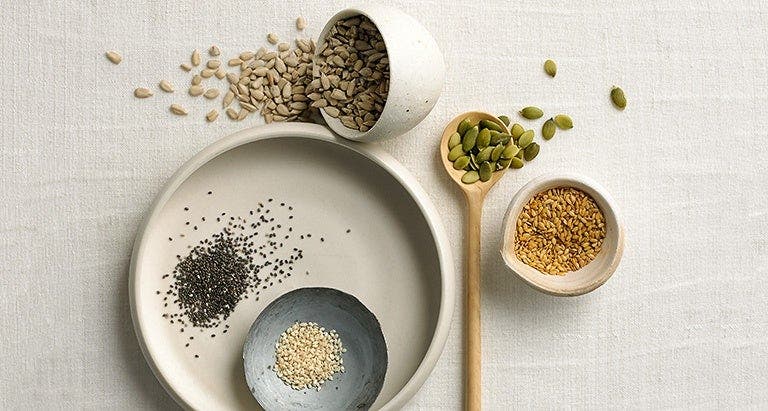
The Nuts and Bolts
Are nuts good for you? The answer: yes, but in moderation. Nuts are high in carbohydrates and oils and can rack up Points® values if consumed in excess (an ounce a day should suffice). Pre-portion a serving rather than continuously reaching into the bowl, and choose nuts still in their shells — they take longer to crack and eat. Either way — shelled or not — they’ll fill you up fast.
Technically a nut is a seed in a hard shell, so we’ll include seeds in this comprehensive guide too.
At the shops: choose
Look for nuts without blemishes, wrinkles or discoloration. If they're in shells, pick them up and shake; you'll hear rattling if they're old and dry.
Avoid nuts that have been roasted with hydrogenated oils or sugar (read the labels). When it comes to nut butters, look for brands with just nuts and a little salt (no added sugars or oils), or grind your own at a health-food store. Nut oils are great for imparting a deep flavor—just be sure to use sparingly. Drizzle over a finished dish, but don't sauté with them; the heat destroys their nutrients.
At home: store
Nuts and seeds go rancid quickly, so store them in airtight containers in a cool, dry spot, away from light. The refrigerator or freezer is ideal for up to a few months. But be sure to taste before using: rancid nuts will be bitter and oily.
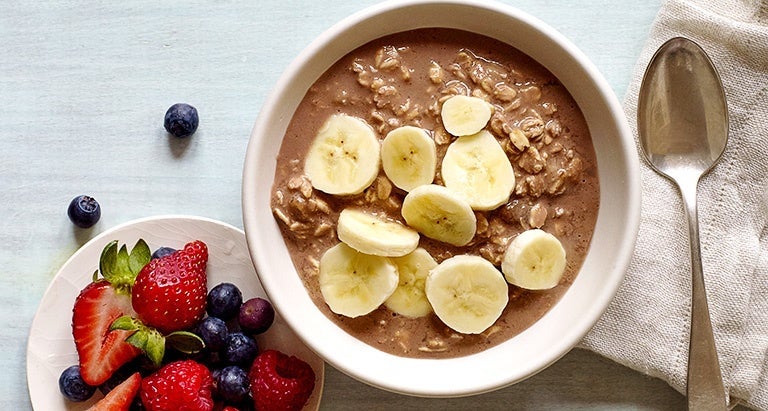
In the kitchen: prepare
There are lots of different ways to prepare nuts; it depends on the recipe and your personal preference.
Shelling: An old-fashioned hinged nutcracker is best for hard shells, and a nut pick can help you wheedle out the meat. Sometimes putting the nuts in the freezer for a few hours makes the shells easier to crack.
Roasting: To bring out nuttiness, roast in a 350°F oven or in a dry skillet on the stovetop until fragrant and golden (5-10 minutes). Cool, store in the fridge, and use within a few days.
Skinning: If you want a cleaner look for ground nuts, like hazelnuts and walnuts, lightly roast and then rub the nuts vigorously in a clean, dry towel to remove their skins. For almonds, first blanche them, then remove their skins.
Grinding: If a recipe calls for ground nuts, use a cheese or nut grater. If you opt for the food processor, use quick, short pulses so you don't wind up with nut butter.
RELATED: 8 foods that will fill you up
Delicious Ways to Enjoy Nuts
There are a million ways to enjoy a nut. Out of hand or spread on a sandwich are two favorites, but there are many creative, delicious possibilities:
- Stir nut butters into soups and stews to thicken.
- Toast pine nuts in a dry skillet until fragrant and sprinkle atop a salad.
- Add a sprinkling of peanuts to nonfat frozen yogurt.
- Add chopped nuts to steamed vegetables for extra crunch.
- In lieu of croutons, use nuts in salads or soups.
- Add protein to a vegetarian pasta dish with chopped nuts.
- Mix chopped nuts and dill into low-fat cream cheese for an easy spread.
RELATED: Things to do with peanut butter powder
Visual Guide
From almonds to walnuts, and so many in between, nuts (and seeds) pack a nutritious and delicious punch!
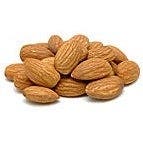 | Almonds |
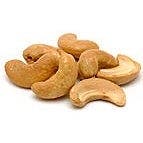 | Cashews |
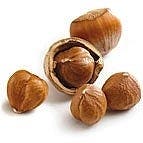 | Hazelnut |
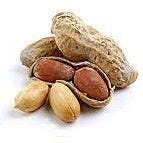 | Peanut |
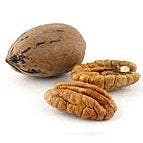 | Pecan |
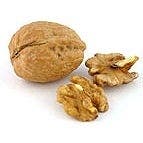 | Walnut |
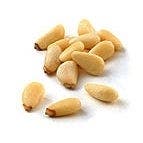 | Pine Nut |
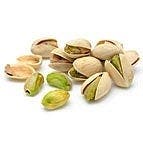 | Pistachio |
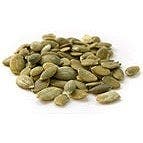 | Pumpkin Seeds |
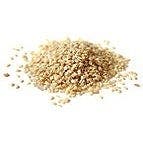 | Sesame Seeds |
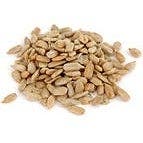 | Sunflower Seeds Enjoy these delicious seeds dried or roasted, salted or not. Just be sure to remove their hard black-and-white striped shells before eating. Native Americans have been cultivating the iron-rich seeds for more than 2,000 years. |
Deliciously nutty recipes

